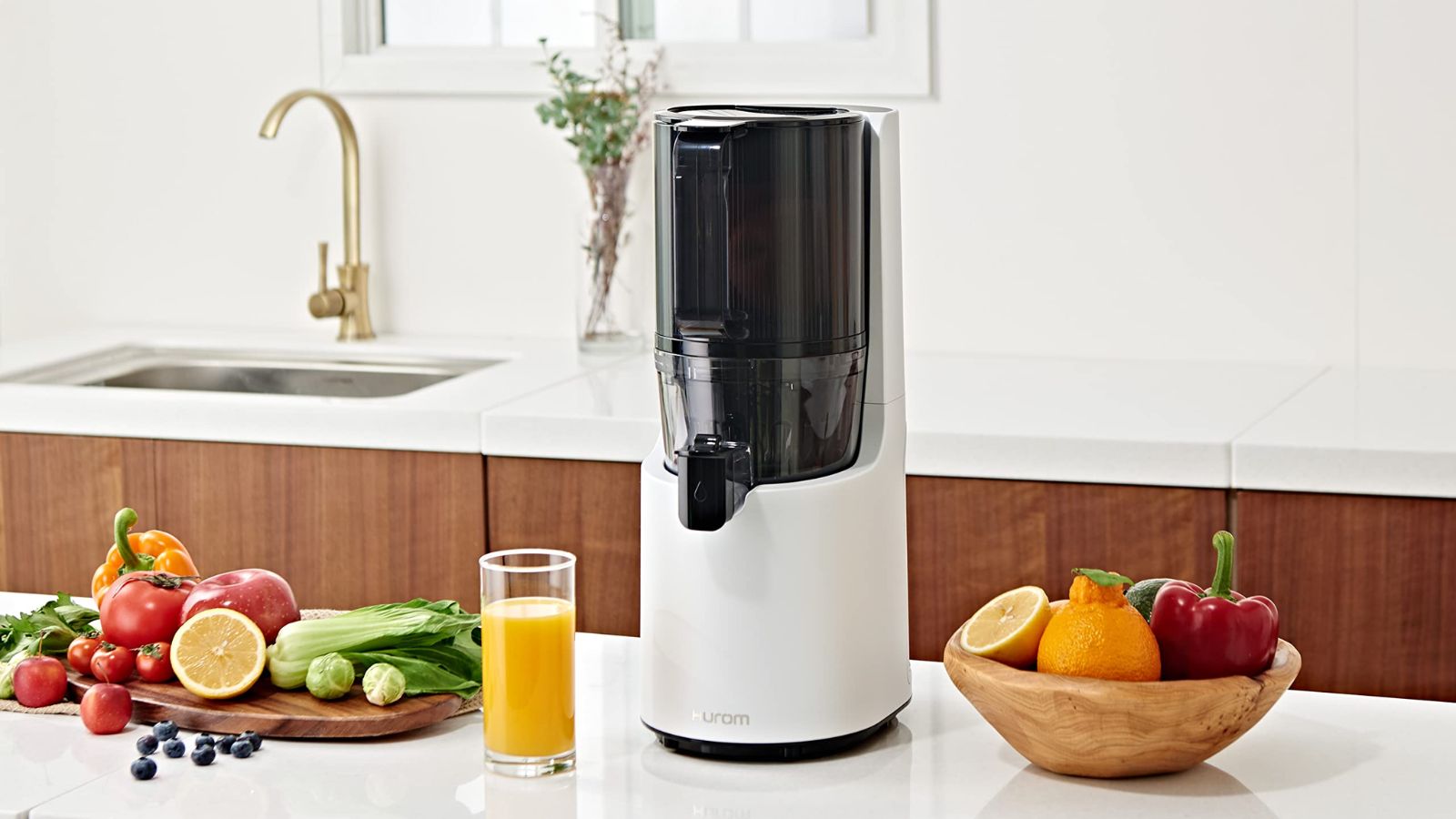
Juicers are wonderful appliances that, if maintained properly, can serve you crisp and delicious juices for years on end. However, there are plenty of traps and habits that we all fall into which are costing us, in terms of the quality of our juice as well as the longevity of our juicers.
Once you've invested in one of the best juicers on the market, you're going to want to make the most of it. We've got endless lists of what you can make in a juicer (including tofu), but you won't get to enjoy any of these if you aren't using yours properly.
I'll tell you all about the mistakes that you're probably making and how you can fix them to make the most of your juicer.
1. Buying the right type of juicer
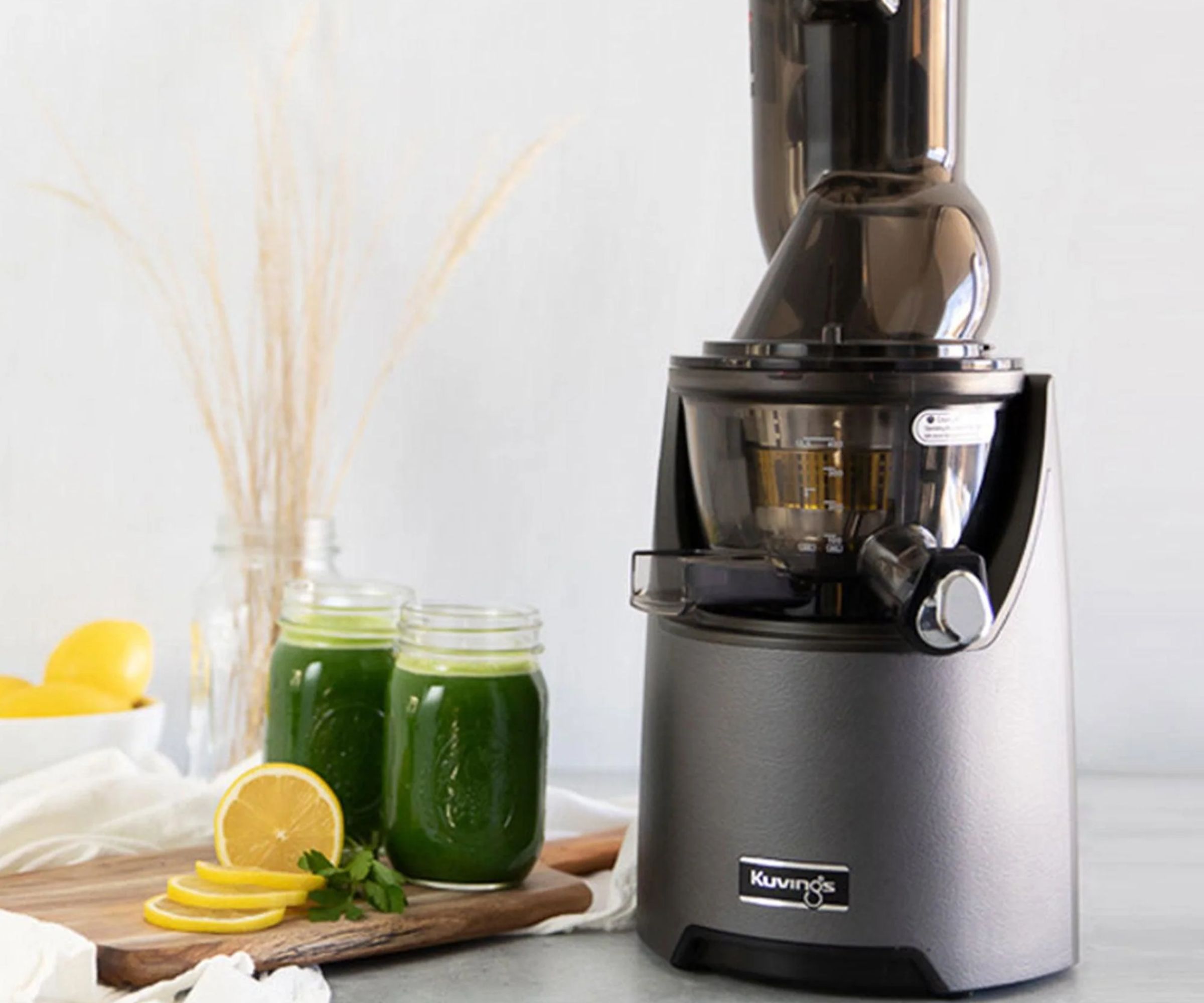
Juicer mistakes could start before you even own one. Choosing the right juicer for you means knowing what the different types of juicers are and who they suit. We've got lots of information on the five different types of juicers, but if you want the sentiment in a nutshell, here it is:
Manual and citrus juicers are for amateurs. I wouldn't buy a manual juicer if I planned on making daily juices, because the effort isn't worth it. Whilst citrus juicers are great for orange juice and lemonade, they don't fare as well with anything other than citrus or soft fruits.
That means that we're really left with three different types of juicers to choose between:
A centrifugal juicer is good for beginners who will be juicing soft fruits and vegetables.
A masticating juicer crushes your juices and vegetables, so will be able to extract more juice and nutrients from your ingredients. They're more expensive, but you get more out of them.
Finally, a twin gear juicer is the most expensive option on the market. It extracts the maximum amount of nutrients and juice from your ingredients, making the best, most clear juice.
2. Not prepping properly
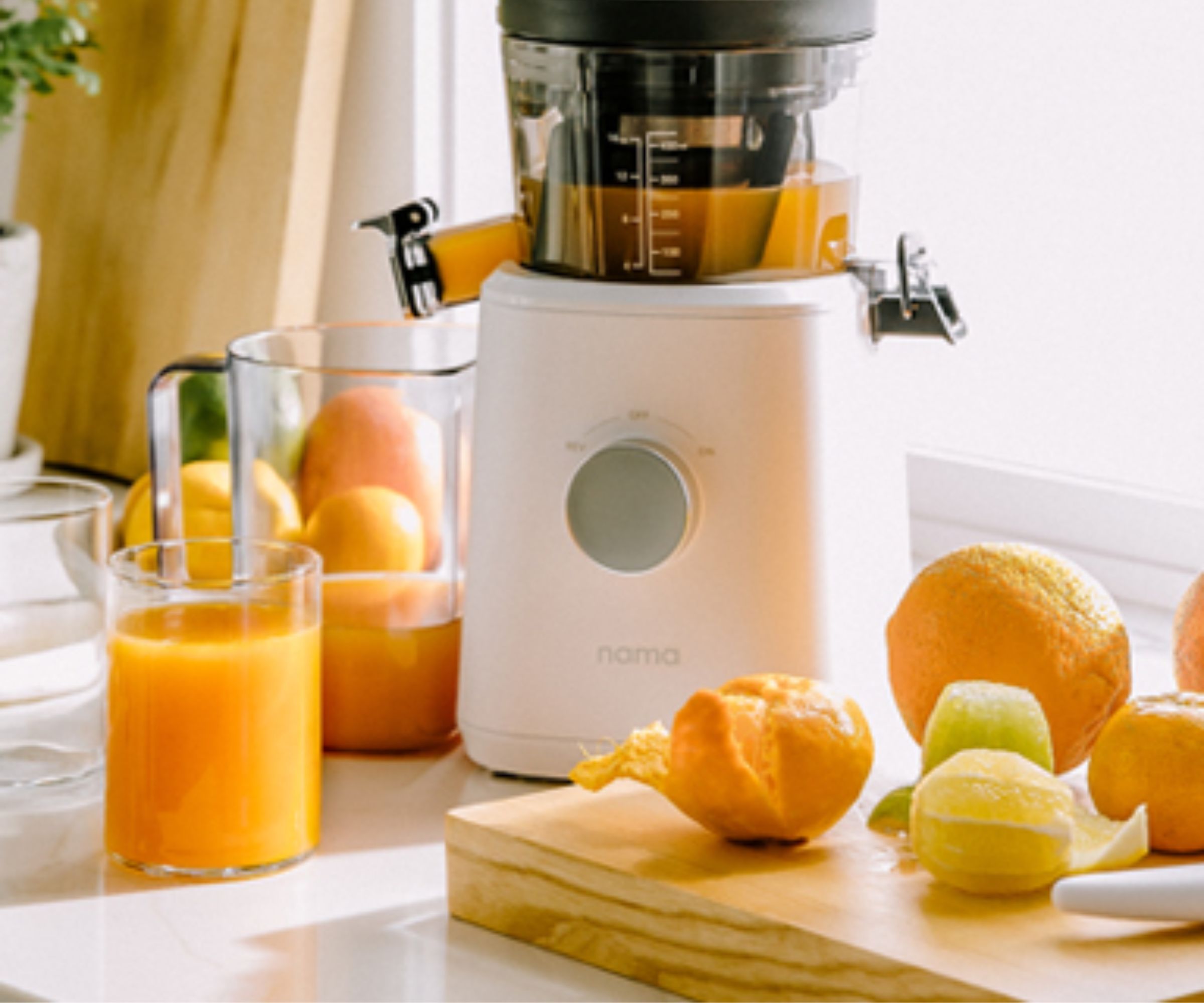
Even if you choose the right juicer, it's important that you're feeding it ingredients in a way that's most conducive for crisp, clear juice.
Not every juicer requires you to carefully cube every single ingredient that you put into the machine. However, it's a good idea to do some prep work before. I always make sure to wash and chop my fruit and vegetables into reasonable, manageable chunks, normally about an inch square.
Then, I add these to my juicer gradually, not cramming it full and forcing ingredients through before it's done. If you put too much in at once, you'll slow down the speed and effectiveness of your juicer.
3. You're not juicing in order
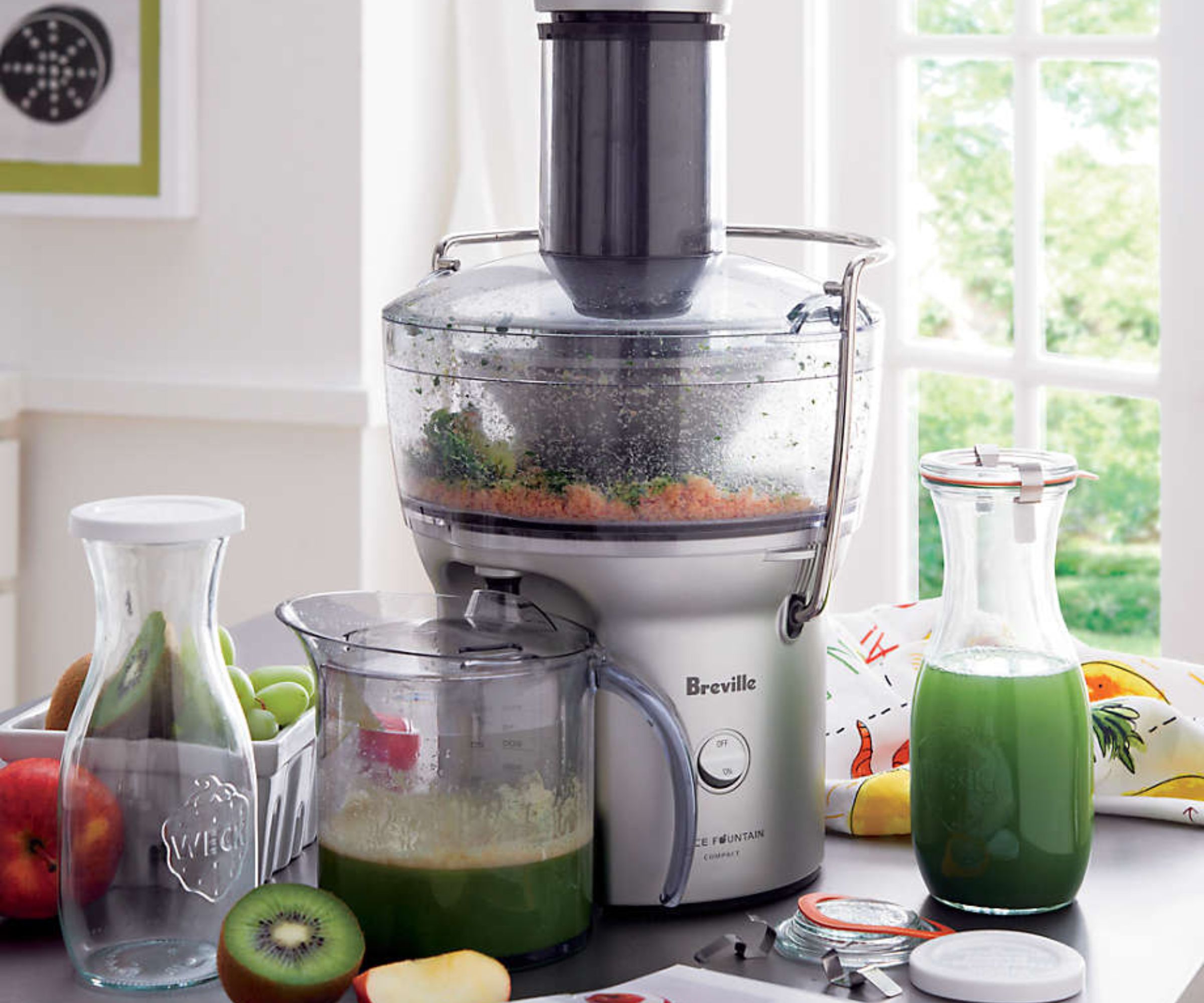
You probably either skipped the instruction manual or stopped being strict with how you layer what you juice, but it can make a big difference to how effective your juicer is and how long you can use it before it clogs (more on that below).
There's a strict hierarchy that you should always follow when you're putting ingredients into your juicer. Ideally, you'll alternate high-yield ingredients with tougher ones, ending on another high-yield ingredient so that you flush everything through the juicer.
In practice, this would look like placing leafy greens (spinach, kale, lettuce) at the bottom of your juicer. Then, add soft fruits, such as lemon, pineapple, and kiwi. Then, layer medium-hard ingredients, such as cucumber, celery, and melons on top. And finally, you can put carrots, beets, and ginger on the very top. Nama has a useful video that shows you how to layer the ingredients if you want more visual help.
4. You're clogging it
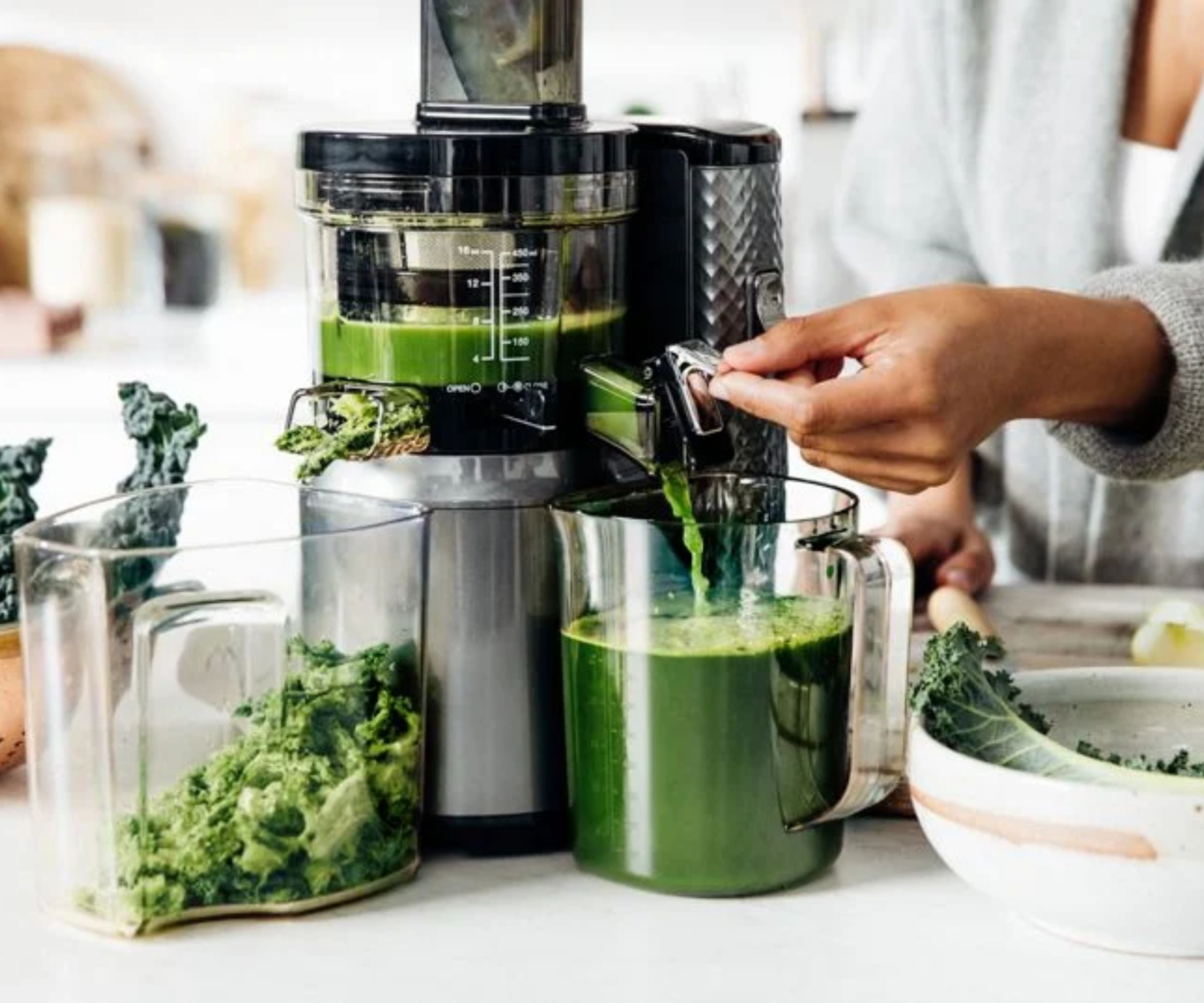
There are lots of ways that you can unwittingly clog your juicer. An easy way to avoid this can be to follow the layering rules that I've explained above. This will help to stop fibrous ginger from clogging the juicer before you can get your carrots and apples through.
At the other end of the spectrum, if you put too many soft fruits through without cleaning yours properly, the mushy pulp will collect and disrupt your cleaning. If you know you're using lots of soft fruits, try to layer these with different textures. However, there are some soft fruits, such as avocado and banana, that should never go through the juicer. It's also a good idea not to try to juice ice, because it will jam your juicer.
5. You're only making juice
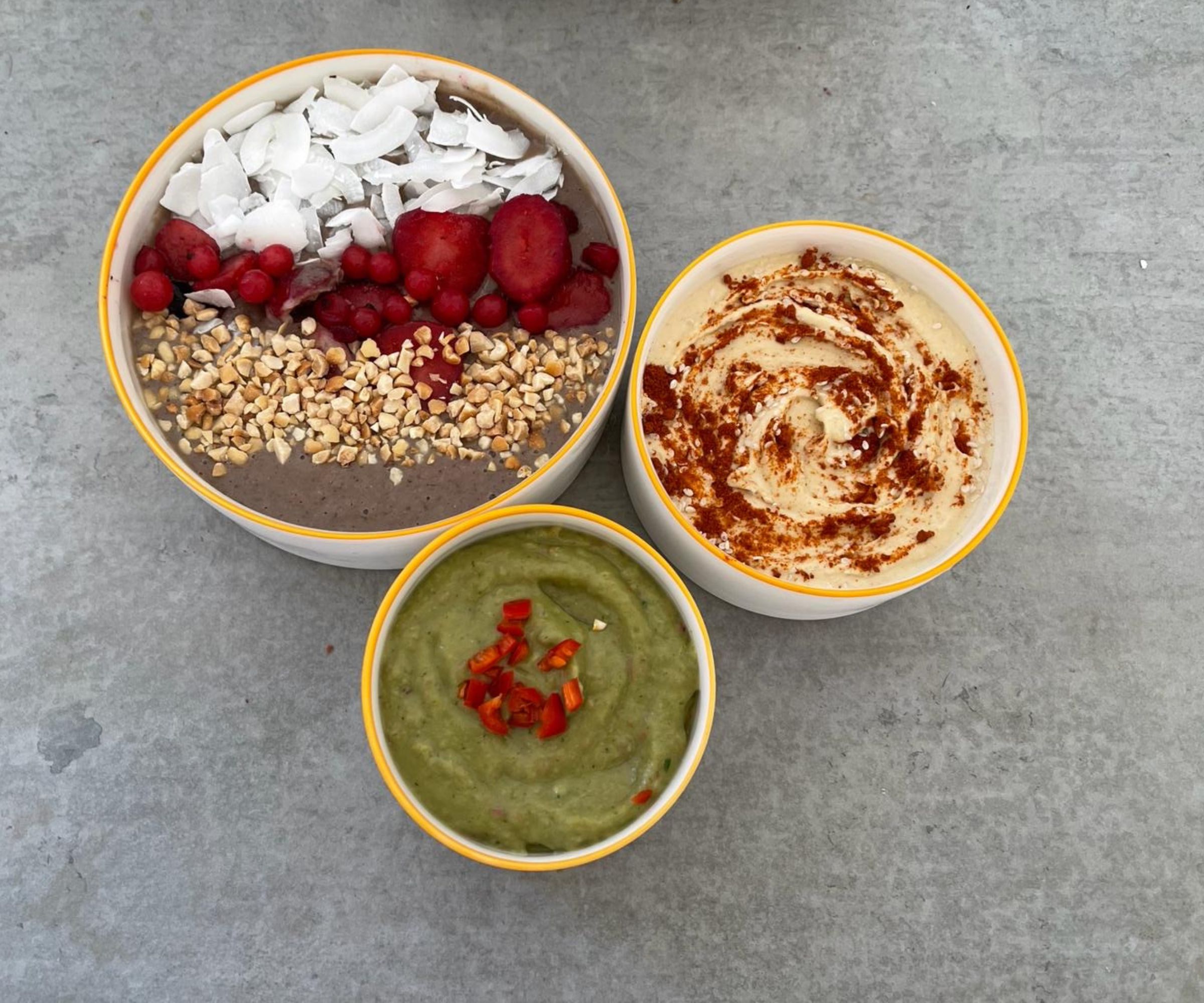
The name of juicers means that people rarely do more with their juicers than making juice. However, if you look hard enough, you'll find loads of tips for things that you can make in a juicer. I've written a guide to some of these, which include nut milk, tofu, soup, and smoothies. It's not a single-function appliance by any means.
6. Throwing out the juicer pulp
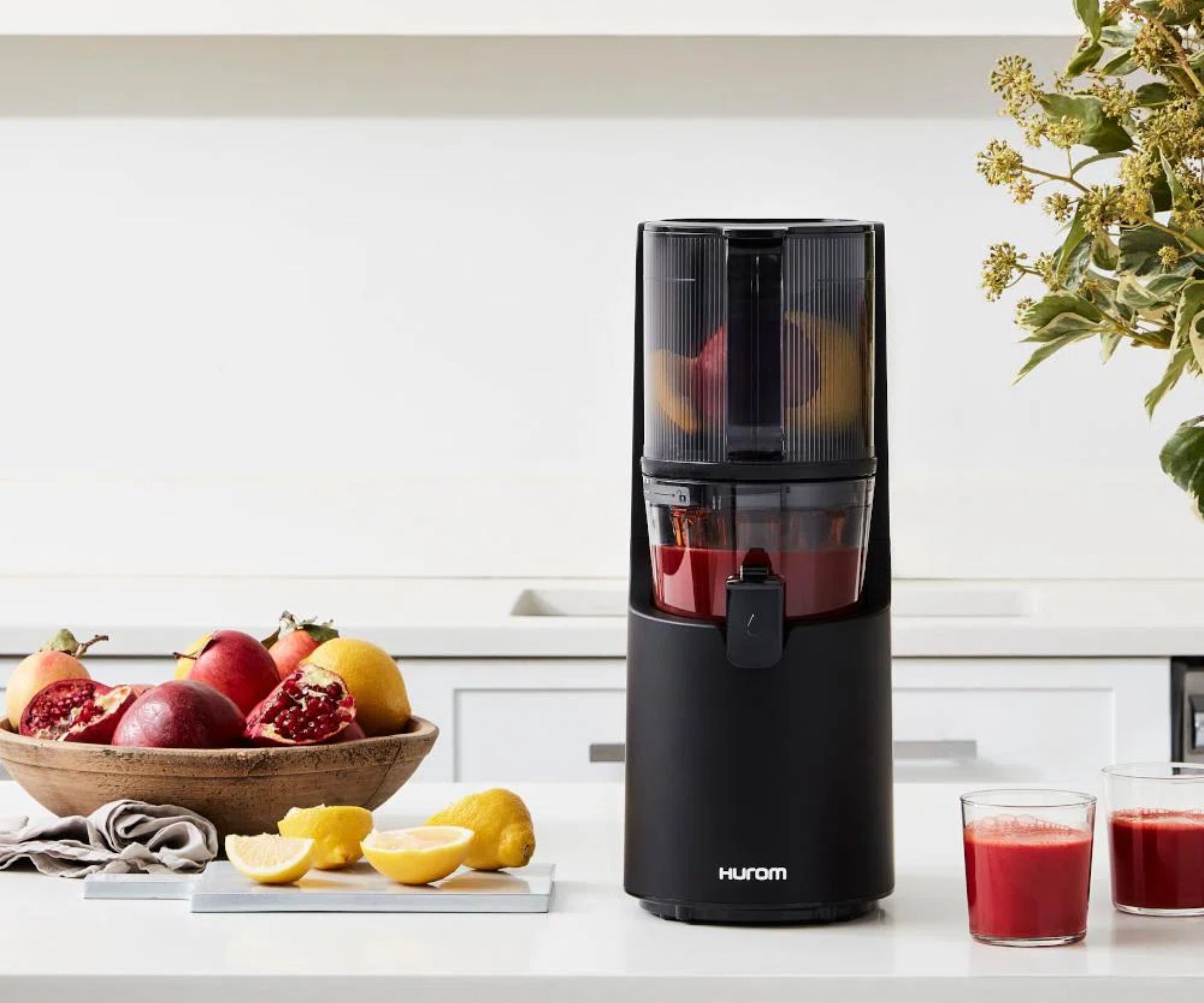
Lots of people don't know what to do with juicer pulp, so they put it in the food waste or the trash. This drives me crazy, because it's delicious and nutritious. You can add texture and fiber to a range of different bakes, dishes, dips, and drinks by adding just a teaspoon of juicer pulp. The more you research the different uses for juicer pulp, the more bakes you'll find.
7. Storing your juice in plastic
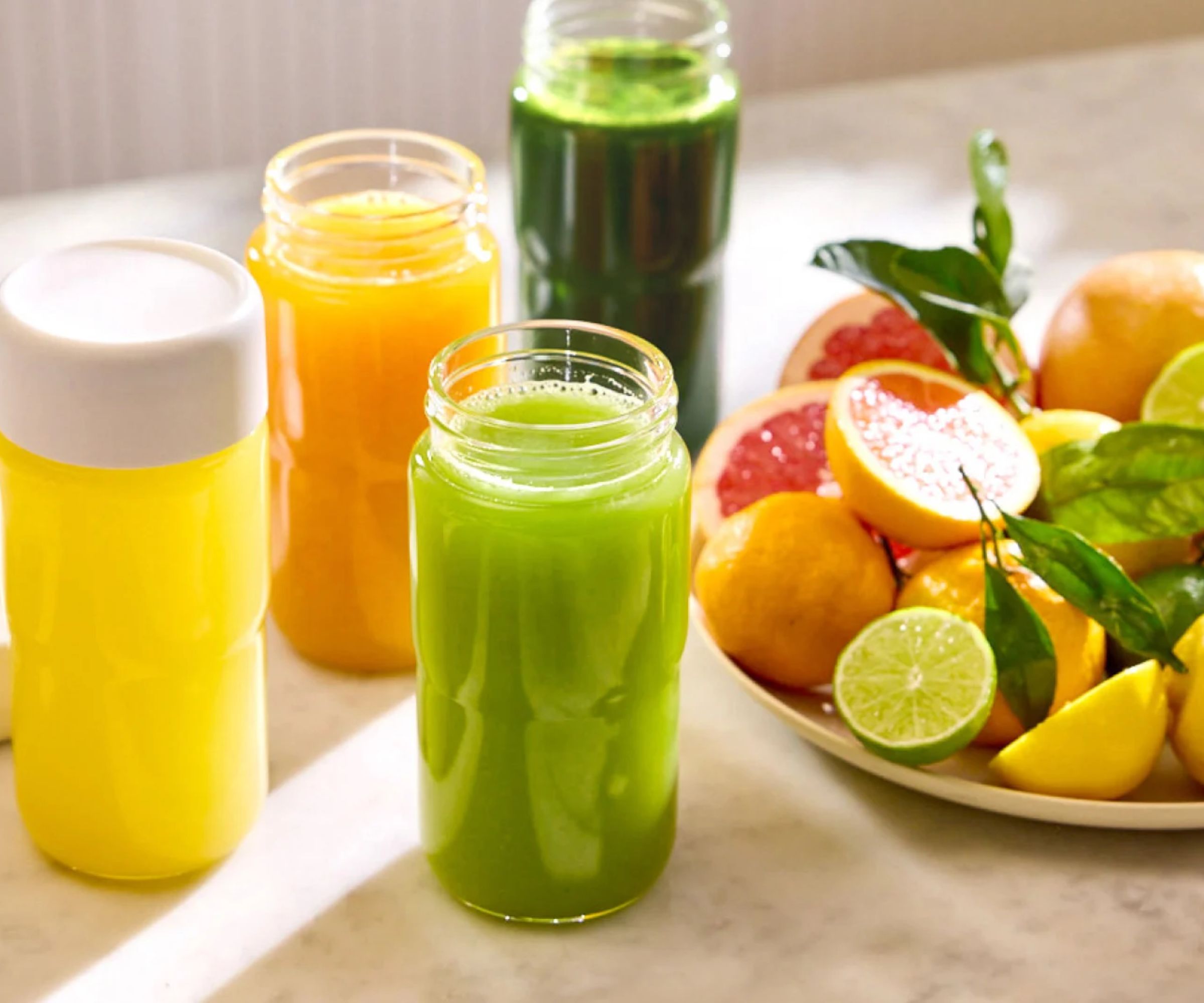
If you've made your delicious juice, you have a few drops leftover, there's nothing wrong with saving it for later on. The Pure Green Team, says that 'you should drink your juice as fresh as possible. However, if you need to store your juice in the fridge, make sure you store it in a glass container with a snug airtight lid. Even better, try to use a smaller container that you can fill up.' They explain that most plastics aren't airtight and that they can contain harmful chemicals, such as BPA that seep into food.'
I have some simple glass bottles from Walmart, but plenty of brands sell special juice bottles that will match your juicer. I have my eye on Nama's new bottles, which sit amongst many of their highly desirable juicer accessories.
8. Your cleaning routine
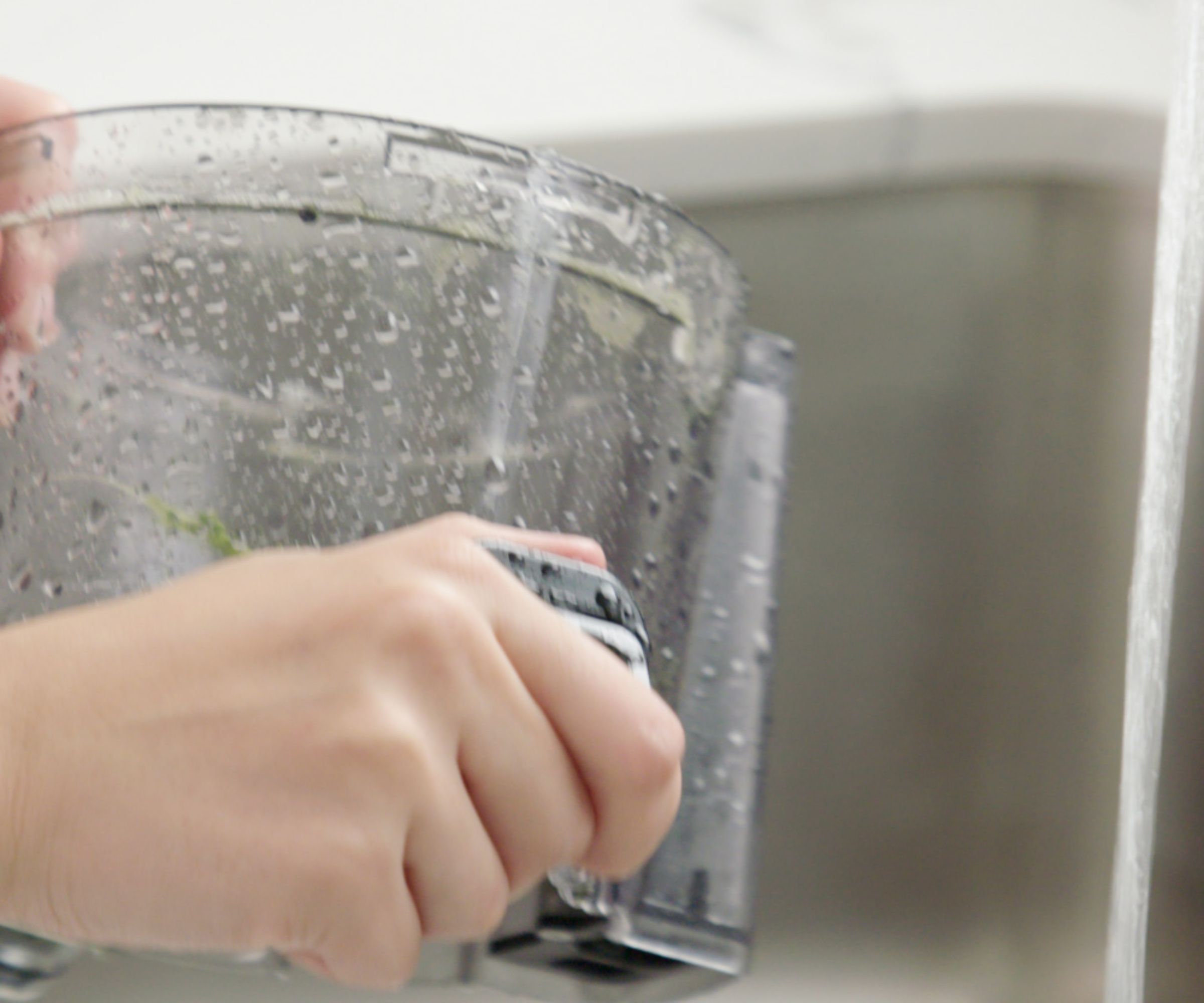
How often and how deeply you clean your juicer is paramount for keeping it working at maximum capacity for as long as possible. Stray fibers and buildup can increase the pressure inside your juicer, damaging it, making it slower and less effective.
Before and after you use your juicer, it's important to wash it. However, the conditions in which you wash it matter. 'Scalding hot water can impair important sensors and seals in your juicer,' according to Nicole Loomis at Juicer Net.
I always hand wash mine in warm water and a gentle dish soap, such as Ecover or Method. Experts all recommend washing your juicer immediately after you've used it.
It's not a simple task though. I sit my juicer in an empty sink and take it apart in there. It was advice given to me by Nama and it's saved me a lot of mess and cleaning. Since there are endless grooves and nooks that fibers and pulp can get stuck. I employ the help of a small brush which can reach the spaces that nothing else seems to. I like this small Crevice Cleaning Set, which is available at Walmart.
Make sure it's all dry before you pack yours away. This will stop it from staining or for any stale water sitting inside it.
It's likely that you're already doing lots of things right with your juicer, but it's also easy to forget to do things such as layering your ingredients. The effects of this aren't immediately obvious, but when you get less juice and your model starts to slow, that's when you'll realize that it needs some TLC.
FAQs
Can I put my juicer in a dishwasher?
Some juicer parts are dishwasher safe, but the extent to which yours can be put in the dishwasher will ultimately depend on the manufacturers. I don't put any of my juicer parts in the dishwasher, because it needs to be thoroughly cleaned in each nook. Washing by hand will be a much more effective way to get all the juicer parts sparkling clean.
Why is my juicer getting slow?
It's likely that your juicer is getting slow because you've not maintained it properly. If you haven't thoroughly cleaned all the parts, there could be excess pressure or fibers getting stuck in the way of all your juicer parts. Alternatively, it might be slowing because you've overfilled your juicer and not stacked ingredients in the optimal way. Give yours a good clean and think about how you're feeding ingredients to it before you start to panic.
How often should I clean my juicer?
You should clean your juicer directly after every use. Before you sit down and take a sip, it's a good idea to get the parts soaking so no pulp and fiber dries and gets stuck in place. I clean mine thoroughly every time and then deep clean it once a week.
Are there ingredients that I can't juice?
There aren't any ingredients that are totally off the list for juicing. For example, people online will say that you can't juice coconuts, but I juice them almost every week. They're tough going, but doable.
When you're thinking about juicing, it's useful to consider the fiber-to-juice ratio. If there's a lot of fiber in your ingredient, you might not get great results. That's why bananas and avocados are rarely in juicing recipes. Similarly, many sites recommend against dried fruits, rhubarb, and figs.







